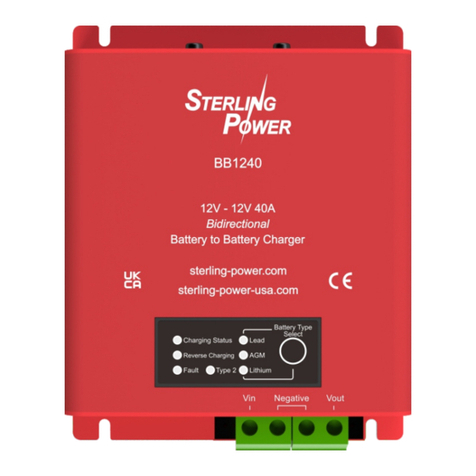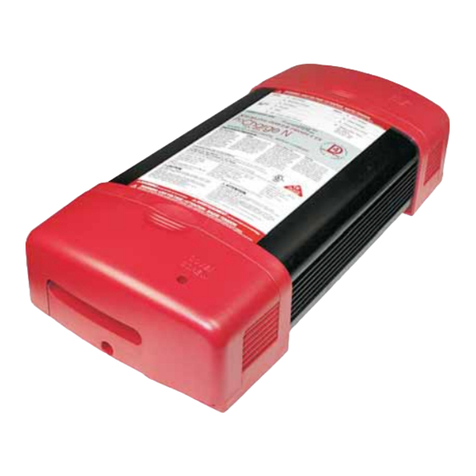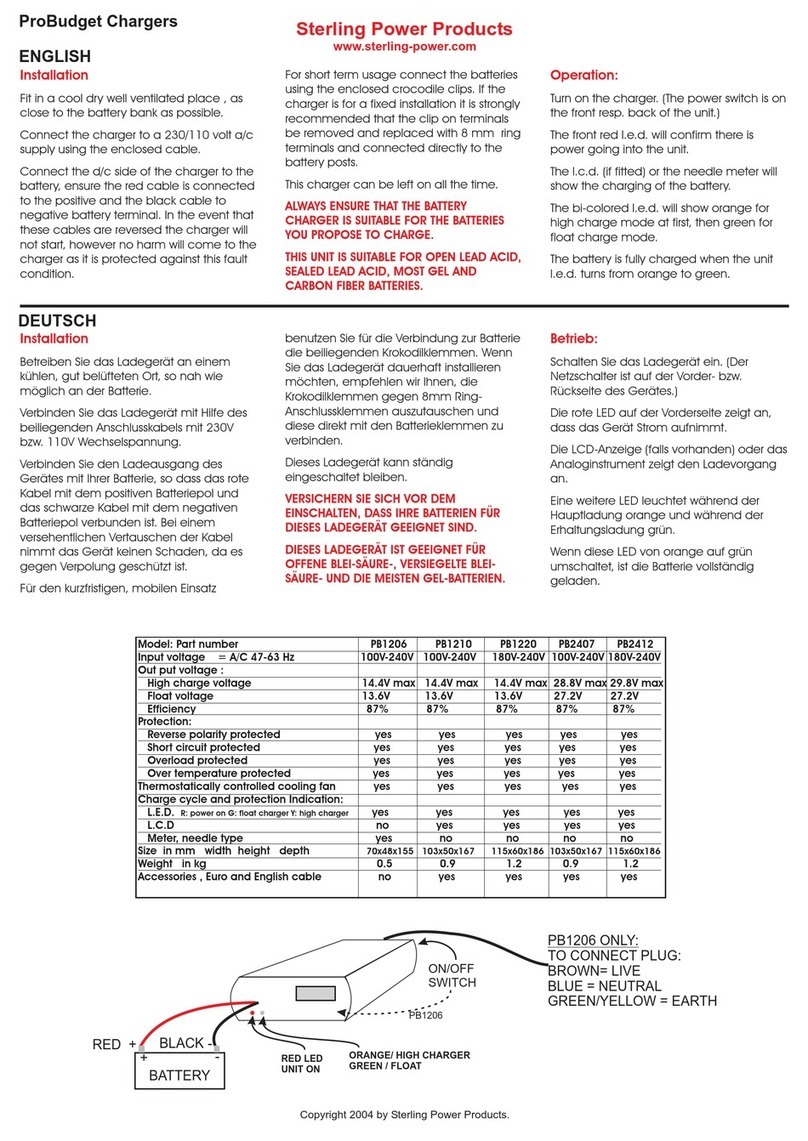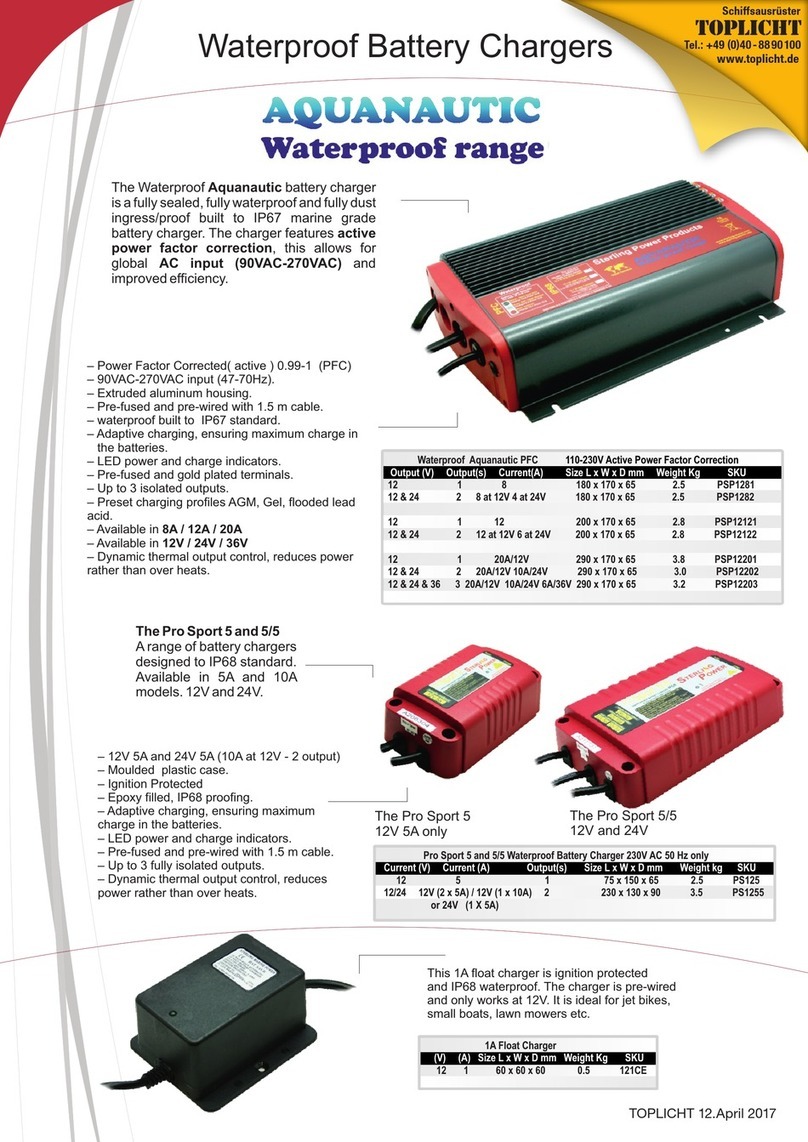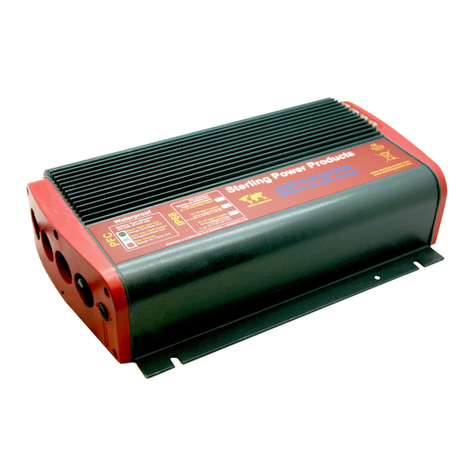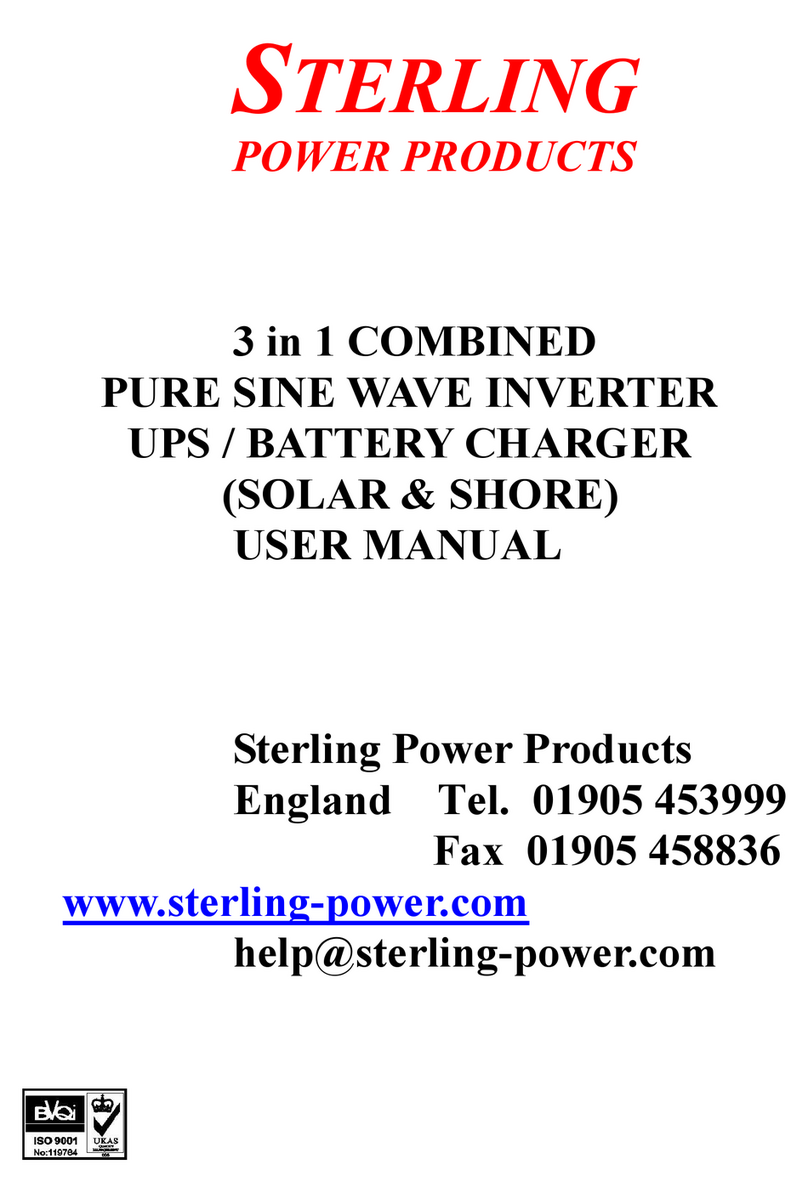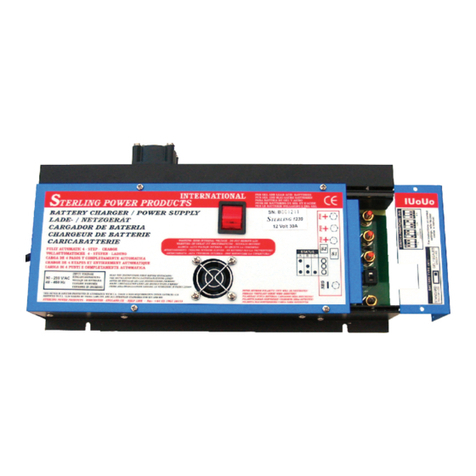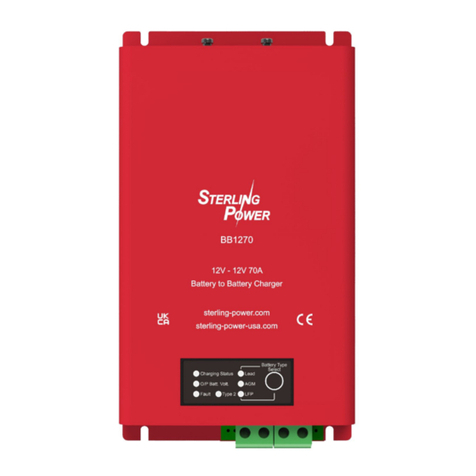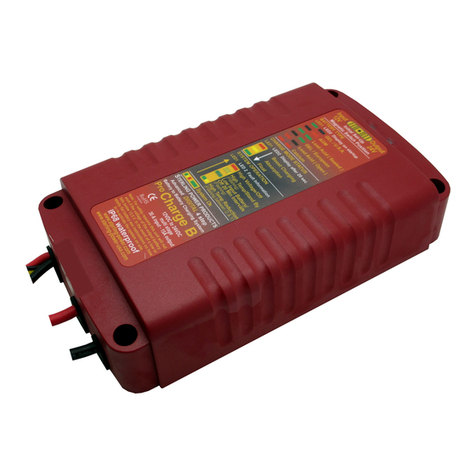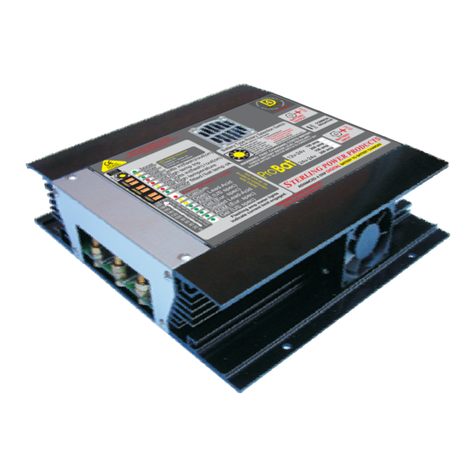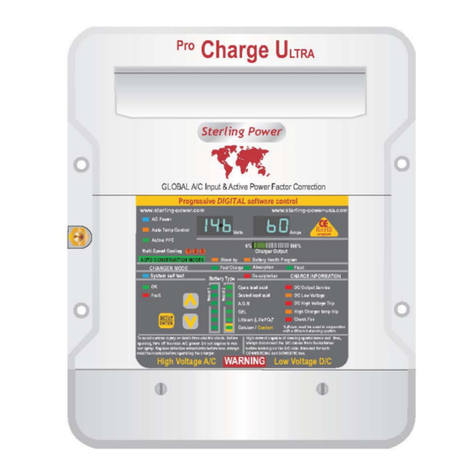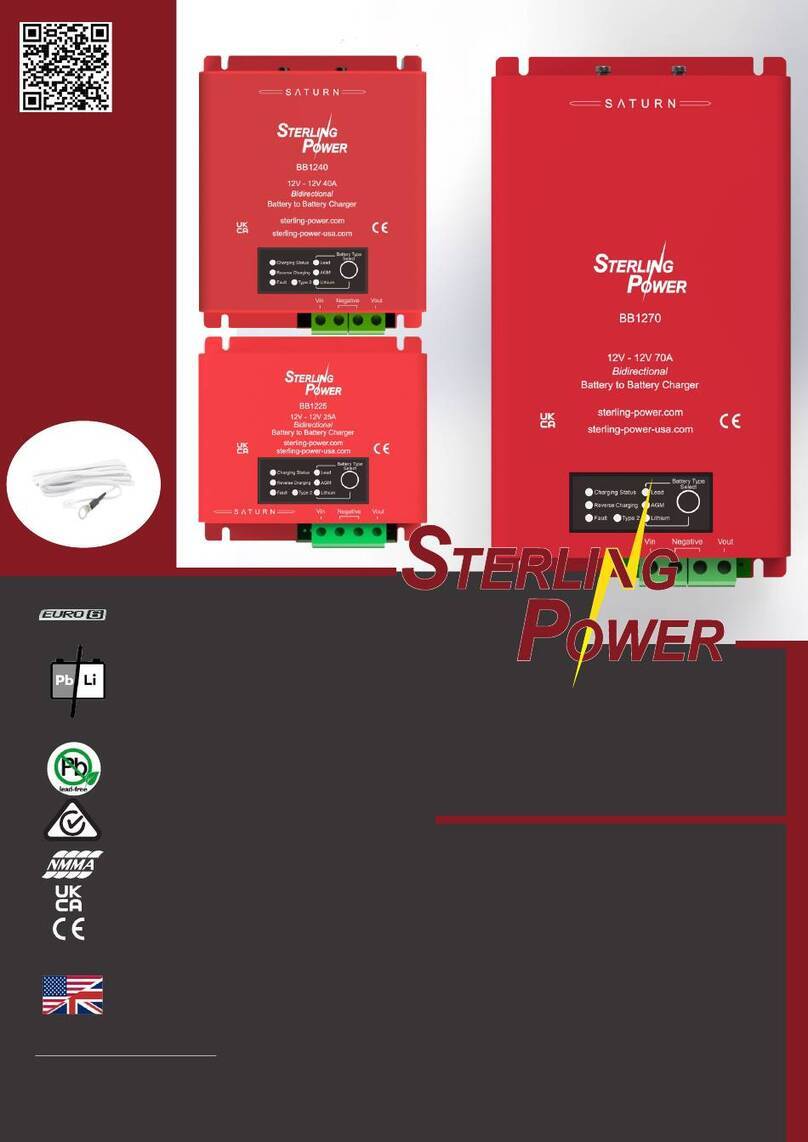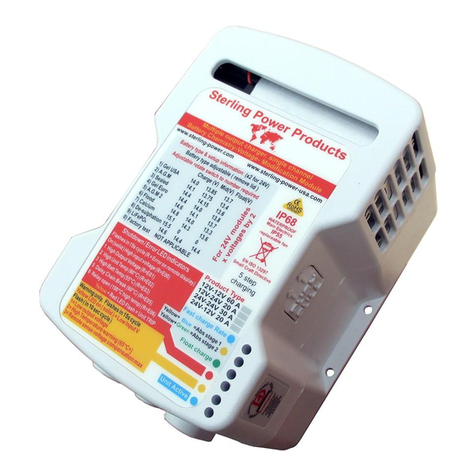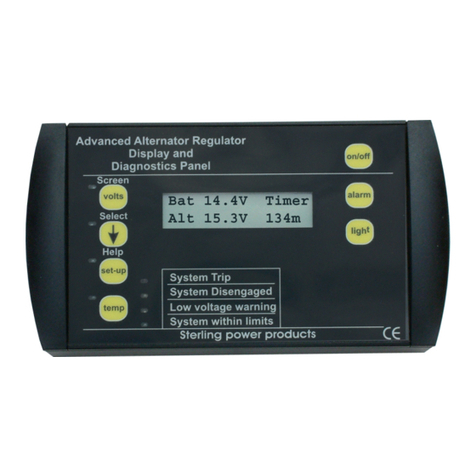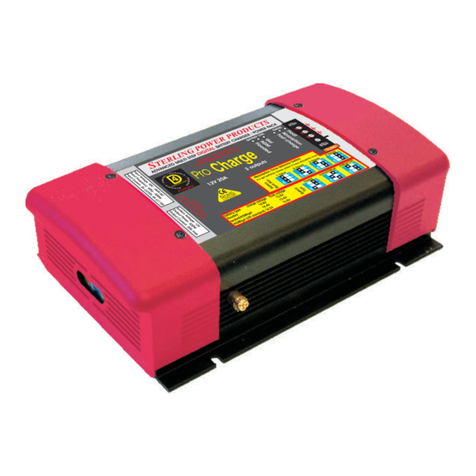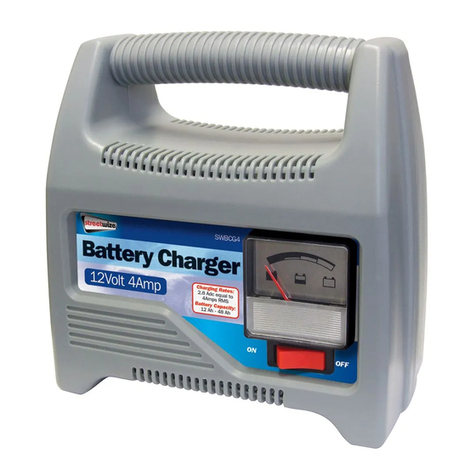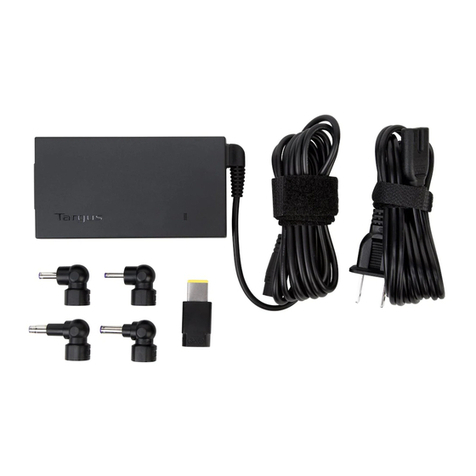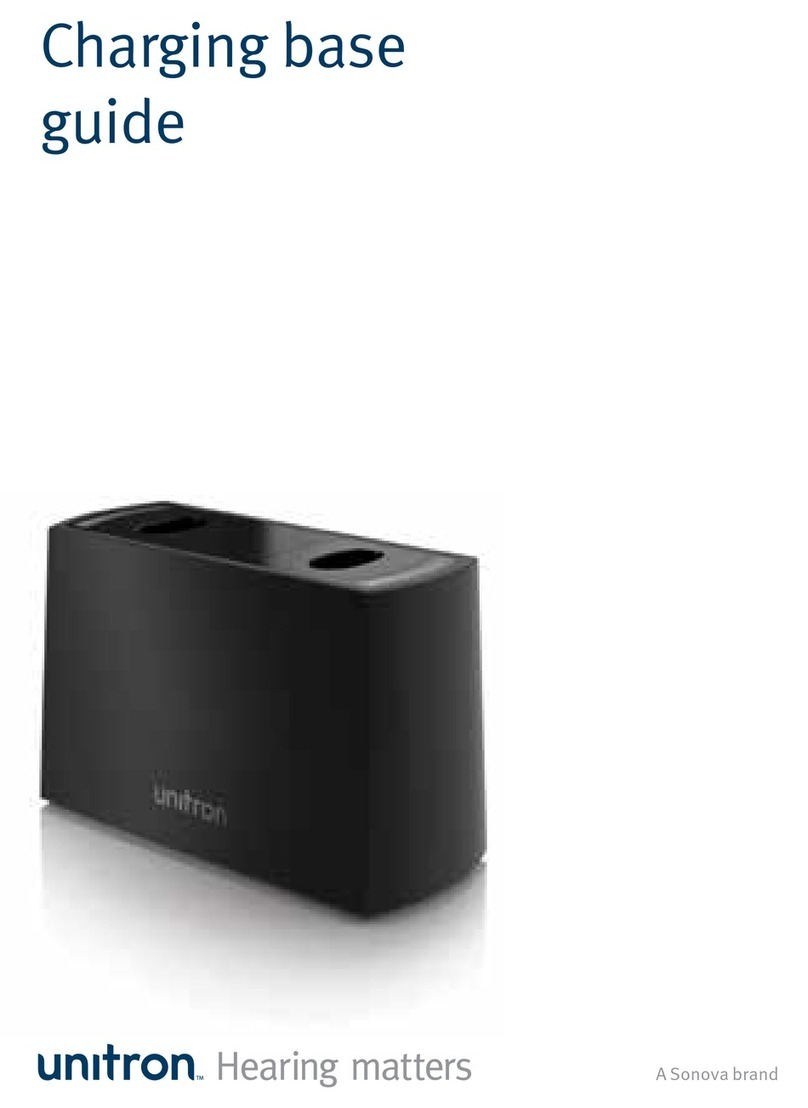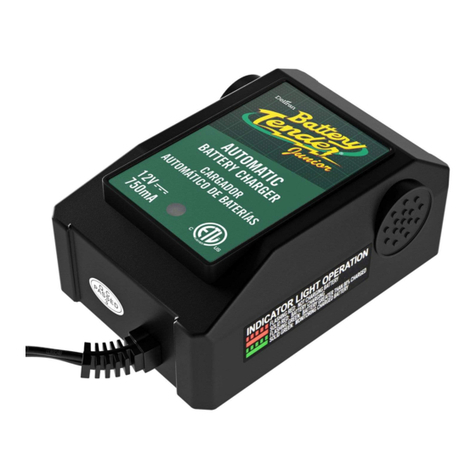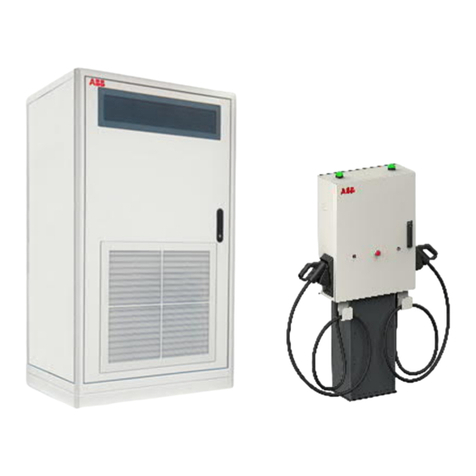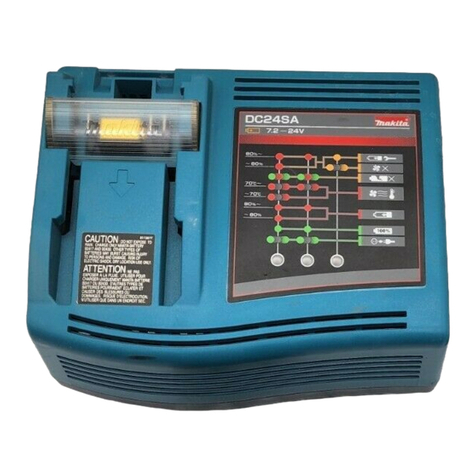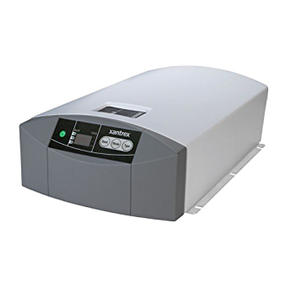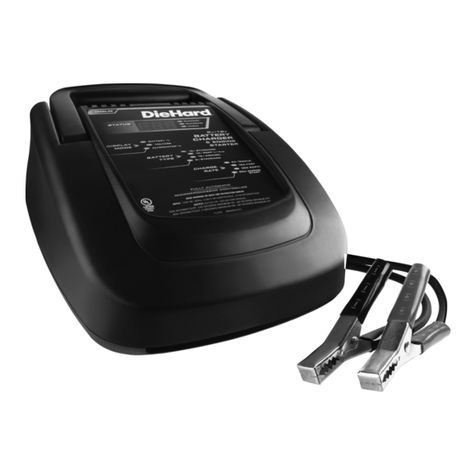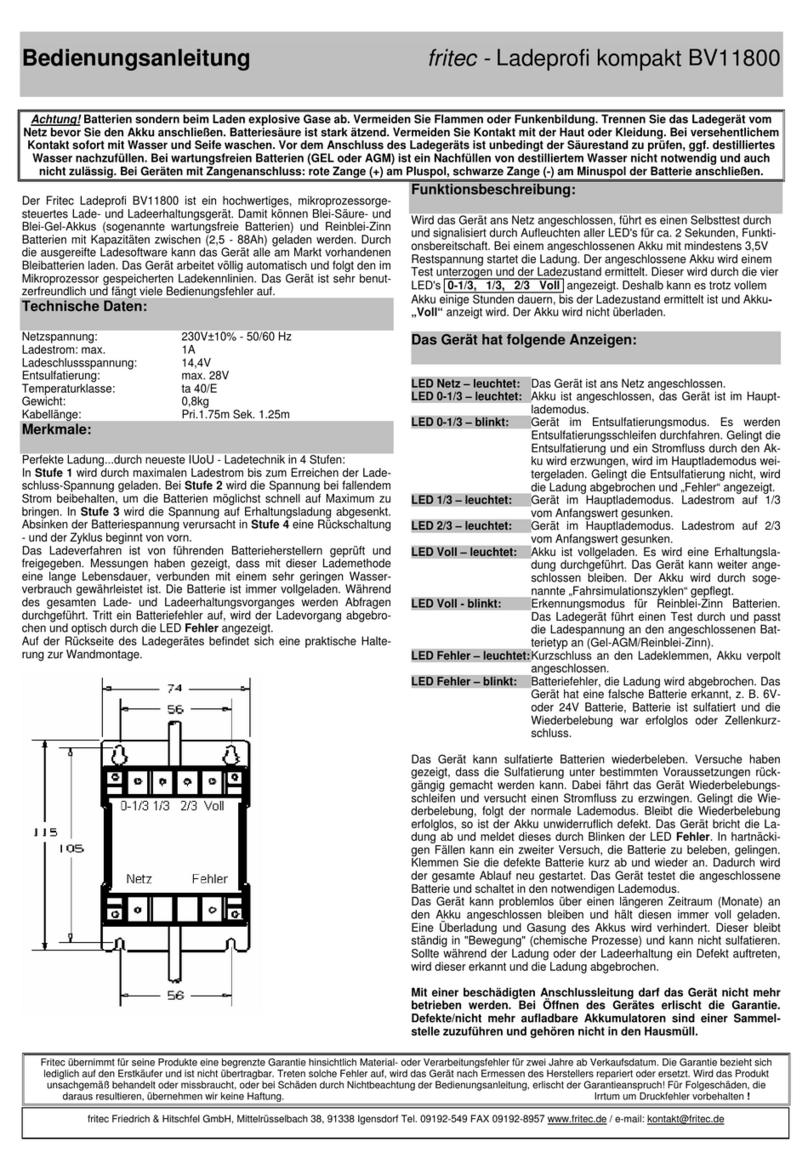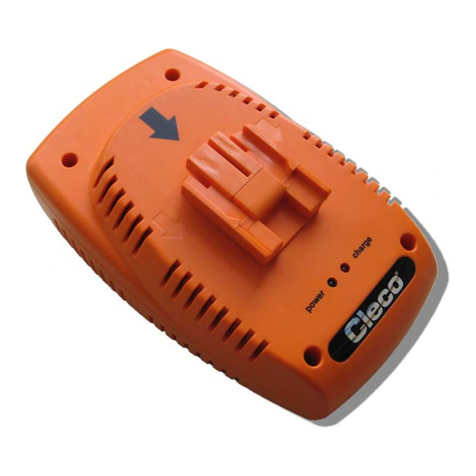13
Fault Finding | Troubleshooting
In the event that you feel there is a problem ( ie you aux battery is not charging ) you need to establish 2
things.
is the battery not charging because there is no charge or because its broken.
first check the voltage at the aux battery with the engine running for at least 2 mins, if you are getting 14-14.8
v then the unit is supplying the correct voltage to charge the batter, so if you getting say 14.4 v at the engine
battery and the battery does not seam to be charger then the simple fact is the battery is either full or scrap,
there is really no other answer to this, .
Assumming you voltage at the nattery is way down say 12 . 2 volts ( with the engine on ) then you need to
check the Battery to Battery charger
To help you with this the unit has a built in a feature to help you , after start up the 2 rows off leds turn into 2
volt meters , for the 60 amp and larger models the left hand side off the LEDS is the voltage in and the right
hand side is the voltage out , for the thirty amp version the top leds are the V in and the Bopttom are the V
out, so by a quick loo at the fron pannel you should be able to see the voltage in and the voltage out . If you
want to confirm these readings using a hand held volt meter then always measure the voltage in and out off
the unit AT THE TEREMINALS OFF THE UNIT, at the early stages off product fault finding the products
voltage are important not the battery voltages .
What should you find.
The most important thing is to confirm you have at least 14 volts going into the unit, if you don't have at least
14 v ( on a boat or vehicle ) the unit simply will not work, so if you only have say 12.5 volts with the engine
running ( for a boat or older vehicle then the alternator is simply not working, if you have 0 volts then there is
no connection between the unit and the starter battery so you inline fuse has blown or a wire has dropped off
. If you have a modern van with a euro 6+ engine then you need to wait a few mins as you may be on
regenerative mode and the alternator may be on low voltage mode, however after about 2-3 mins this voltage
should jump up to over 14 v on the vehicle engine.
so bottom line is if the input voltage is to low then the unit will not engege, you actually need a voltage
greater than 13.9 v to first engage the unit.
if the unit has over 13,9 volts ad there are no leds on then the unit is defective ( do just check the neg to
make sure its ok
assumming there is the correct input voltage to start the unit then we can now move to the output , again
check the voltage , all things being well you should be between 14-15 volts out ( this will depend on battery
load and state off charge ) if you are getting 14-15 volts ( the unit looks like it may be working , then check
the voltage at you aux battery, this should be the same voltage as the unit output battery voltage , if its not ie
2 volts lower then you may jave a defective fuse in the line or the wire has dropped off.
Negatives, people always focus on the positive cables and forget the negatives, this unit is designed for a
comm,on negative system, ie the neg from the auxillary system should be well connected to the neg off the
promart/starter battery, in the event off a vehicle do not relie on the cHASSIE AS THAT TENDS TO BE A BAD
NEG, YOU SHOULD RUN A HEAVY CABLE DIRECT TO BOTH NEGS
ALSO MEASURE THE VOLTAGE FROM THE NEG AT THE AUX BATTERY TO THE NEG AT THE
STARTER BATTERY THIS OBVIOUSLY SHOULD BE O-0,5 V if not check you negs
Firstly, ensure the Pro Batt Ultra (BB) is wired up as per
page 7. Ensure negatives are common and the BB
charger’s negative is connected to the starter battery’s
negative - avoid connecting to chassis negative.
Voltages between common negatives should be ~0V.
Secondly, to test the BB, remove (or turn off) any
secondary charging source like AC to DC battery
chargers or solar chargers going to the battery banks.
Leave the primary charger connected (alternator) -
ensure alternator is working. We also recommend
turning off any loads (inverters etc.).
How to test if the Pro Batt Ultra (BB) is charging:
With engine running (alternator charging), what is the
voltage on the input terminal of the BB? What is the
voltage on the output terminal of the BB? Measure these
voltages at the BB’s terminals, not at the batteries
terminals.
Even though, by default, the BB can work down at 12.0V
on the input; it still requires over 13.3V+ to turn on and
get going. If you are getting alternator voltage at the
input terminal (~14V) and 14V+ on the output terminal
the chances are your BB is working fine. If little to no
current is passing through the charger at these voltages
then the batteries are either full or they are deceased. If
the output voltage is between 13V-14V (but rising) then
you could have a situation where the output batteries
were very low in charge (or large in capacity) and the
charger shall be charging at maximum current. Provided
the voltage continues rising the BB is charging.
If your output voltage is less than 13V and your input
voltage is healthy, it could be three things:
1) You have a large load on your output bank - turn load
off.
2) The BB has been turned off - hold SETUP/ENTER +
SELECT button for 5 seconds and let go, to turn on
again.
3) The BB is not working.
If your input voltage is less than 13V, it could be
several things:
Automotive: Your alternator’s voltage is at
less than 13V (the alt. is regenerative braking mode -
sometimes expected on modern Euro 5/6+ engines) -
take vehicle for drive and measure alternator’s voltage
and set up the BB to suit these needs. All vehicle
manufactures have their own software / characteristics
for regen. braking.
Automotive or Marine: If your alternator’s
voltage is ~14V then check continuity between the
alternator’s B+ terminal and the starter battery. If you are
getting ~14V on starter battery then check continuity
between starter battery and BB input terminal.
Automotive or Marine: If your alternator’s
voltage is 0-13V (starter battery voltage) then alternator
may have failed. Or, requires increase rpm of engine,
possible belt slip.
Is your output voltage slightly higher or lower than
expected - even with no loads / chargers on?
Check if you have the temperature sensor connected.
If so, no problems leaving it there, it is simply voltage
compensating for when the temperature at the sensor
is lower or higher than the benchmark 20DegC (69F).
If lower, then the voltage shall rise and vice versa. The
further from 20DegC in either direction leads to
proportional increase or decrease in the voltage.
Possible, voltage drop across long cabling / fuse
holder / diode. Use our remote sense connection on
the unit - refer to page 6, yellow wire.
LED 16 flashing red - over voltage on input. This LED
comes on if there is 19V for more than 3 seconds on
the input terminal. Check the voltage at the input.
Possible regulator fault, or alternative charger’s
voltage is too high.
LED 16 solid red - Over voltage output. There is 16V+
for more than 3 seconds on output terminal. Check the
voltage at the output. Turn charger off, if voltage drops
when off and rises again when turned on the possible
charger fault. If 16V+ irrespective of charger being on
then check alternative charging source.
LED 17 flashing red - over temperature. Unit has
become too hot and switches off. Possible defective
fan. Or, high ambient temperature, ensure good
ventilation or the charger’s vents may be blocked
LED 21 flashes yellow - high voltage drop across
output cable. When the battery voltage sensor is
connected the device has detected too high a voltage
drop between the output and the positive terminal of
the battery (>1.5V). Verify that the cable thickness is
sufficient. Possibly the terminals are corroded or bad
connection. Also check if the cable is actually
connected to the battery.
LED 22 solid yellow or flashing - the charger is in 1/2
power. It has either been manually forced into 1/2
power mode or night mode (refer to page 9). Or, the
charger has engaged1/2 power mode itself due to the
device’s temperature (> 85°C). In this case, check the
fan and the ambient temperature. Possibly the
installation is not properly ventilated. Make the
adequate ventilation.
LED 23 solid yellow or flashing - undervoltage. If the
LED flashes, the input voltage is too low. Check the
alternator or the charging source of the starter battery.
If the LED is solid, the output voltage is very low -
output batteries are likely to be defective.
LED 24 flashing red - high battery temperature. The
unit has shut down due to excessive battery
temperature (> 55°C). Either the battery is defective or
the ambient temperature is too high. Provide adequate
ventilation.
Product Specifications
BB1230 BB1260 BB122470 BB123670 BB124870 BB241235 BB242435
Input Voltage (V DC) 11 - 20 11 - 20 11 - 20 11 - 20 11 - 20 22 - 40 22 - 40
Input Current (A) 30 60 70 70 70 35 35
Battery types (all models)
IP rating IP21 IP21 IP21 IP21 IP21 IP21 IP21
Ignition Protected Yes Yes Yes Yes Yes Yes Yes
Quiescent Current (mA) 1 1 1 1 1 1 1
Battery Connector WJ116VW WJ116VW WJ116VW WJ116VW
Weight (Kg) 1.2 1.4 1.4 1.4 1.4 1.4 1.4
Dimensions (LxWxD) mm 190 x 160 x 50
AGM (2) | GEL (2) | SEALED | OPEN | LiFePO4 | CALCIUM | CUSTOM
8mm input | WJ116VW output
190 x 160 x 70
If battery temperature sensor is connected then
all voltages are based on 20 Deg C. If sensor
senses less than 20DegC = increased voltage.
Higher than 20DegC = decrease voltage. The
further from 20DegC in either direction leads to
proportional increase or decrease in the
voltage. (x2 for 24V | x3 for 36V | x4 for 48V)
Stationary vehicle engage mode.
Unit on at 13.1V input.
When input below 12.9V, a 20 second
timer starts - if still below 12.9V after the 20
seconds the unit goes to sleep. Requires
13.1V to come on again.
Ref : PM-SP-BB1230-60 Date : 16-8-2016













